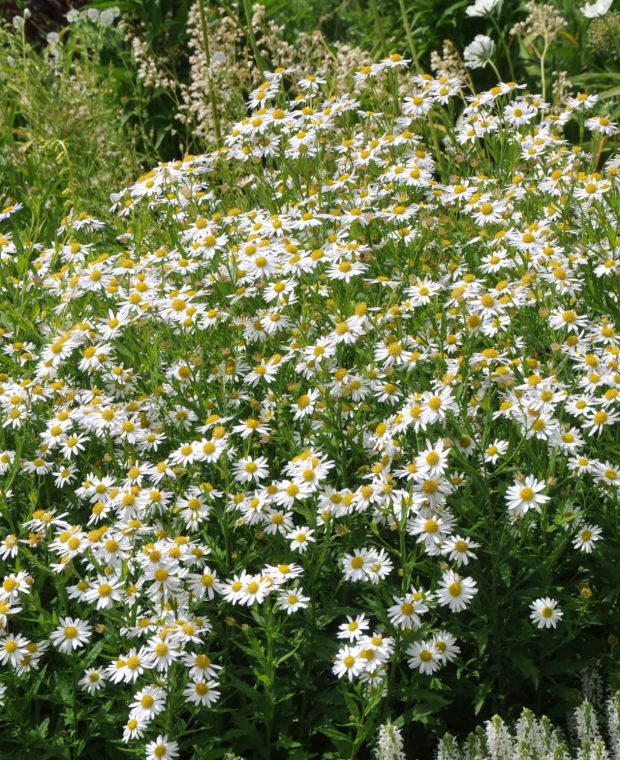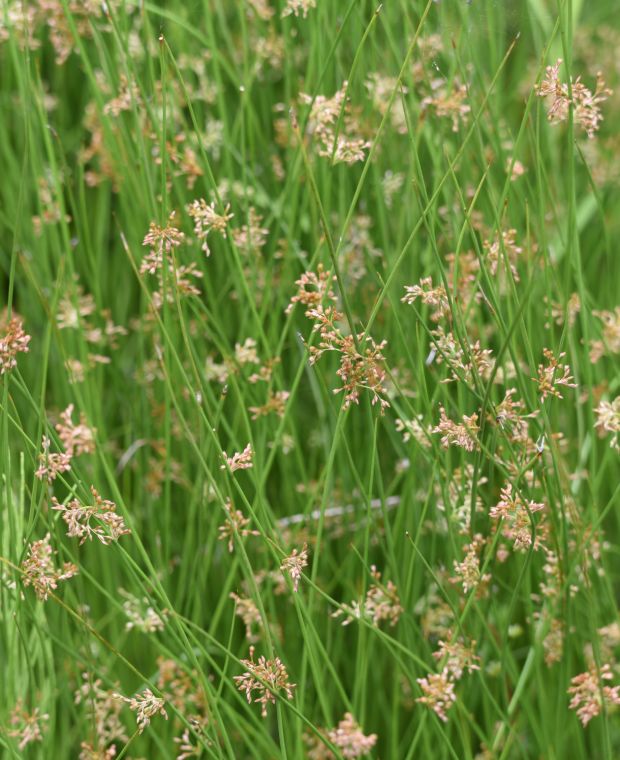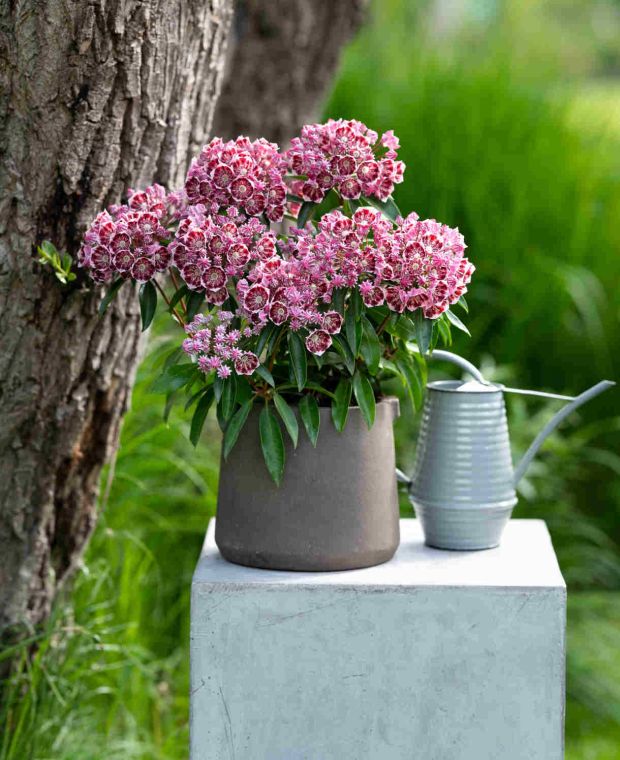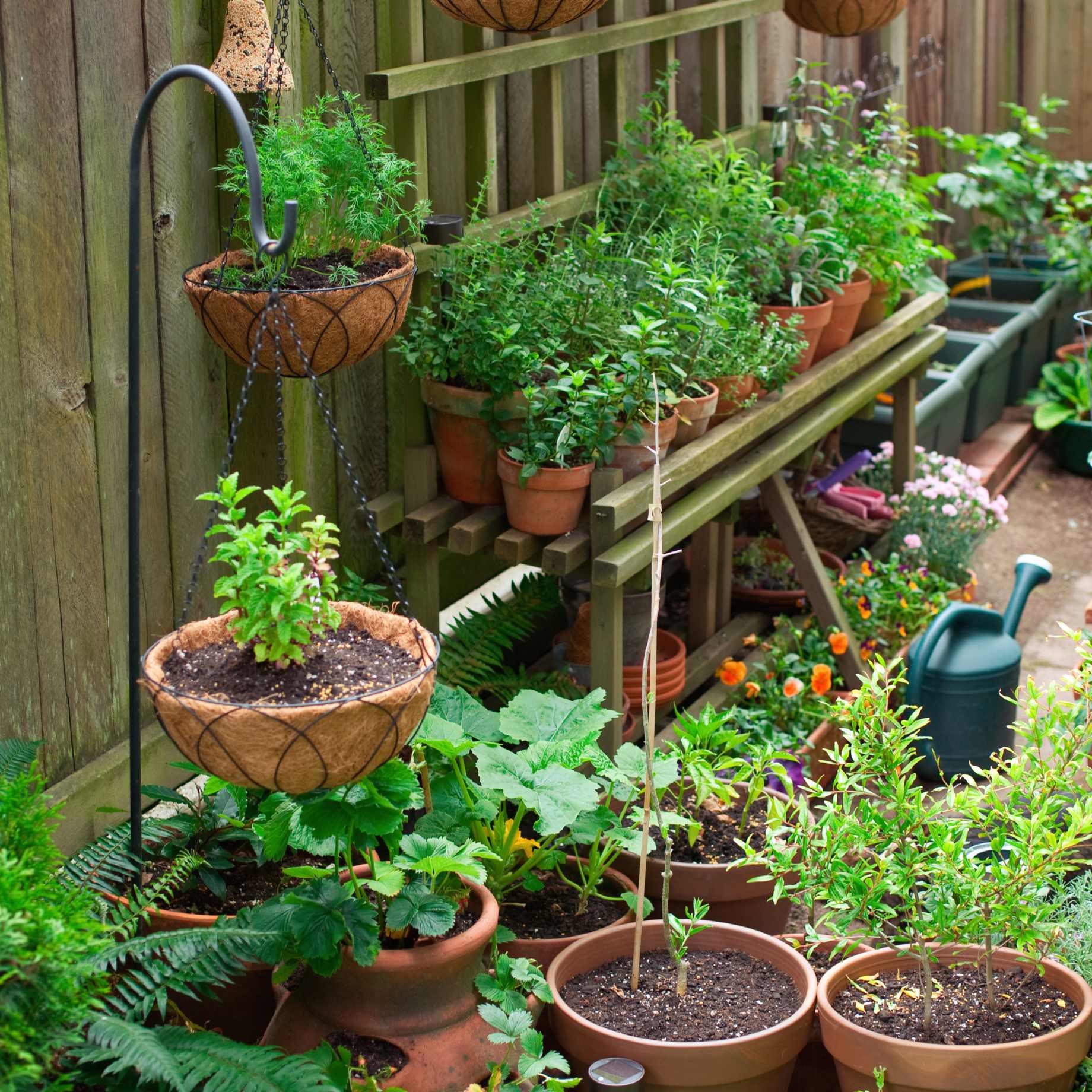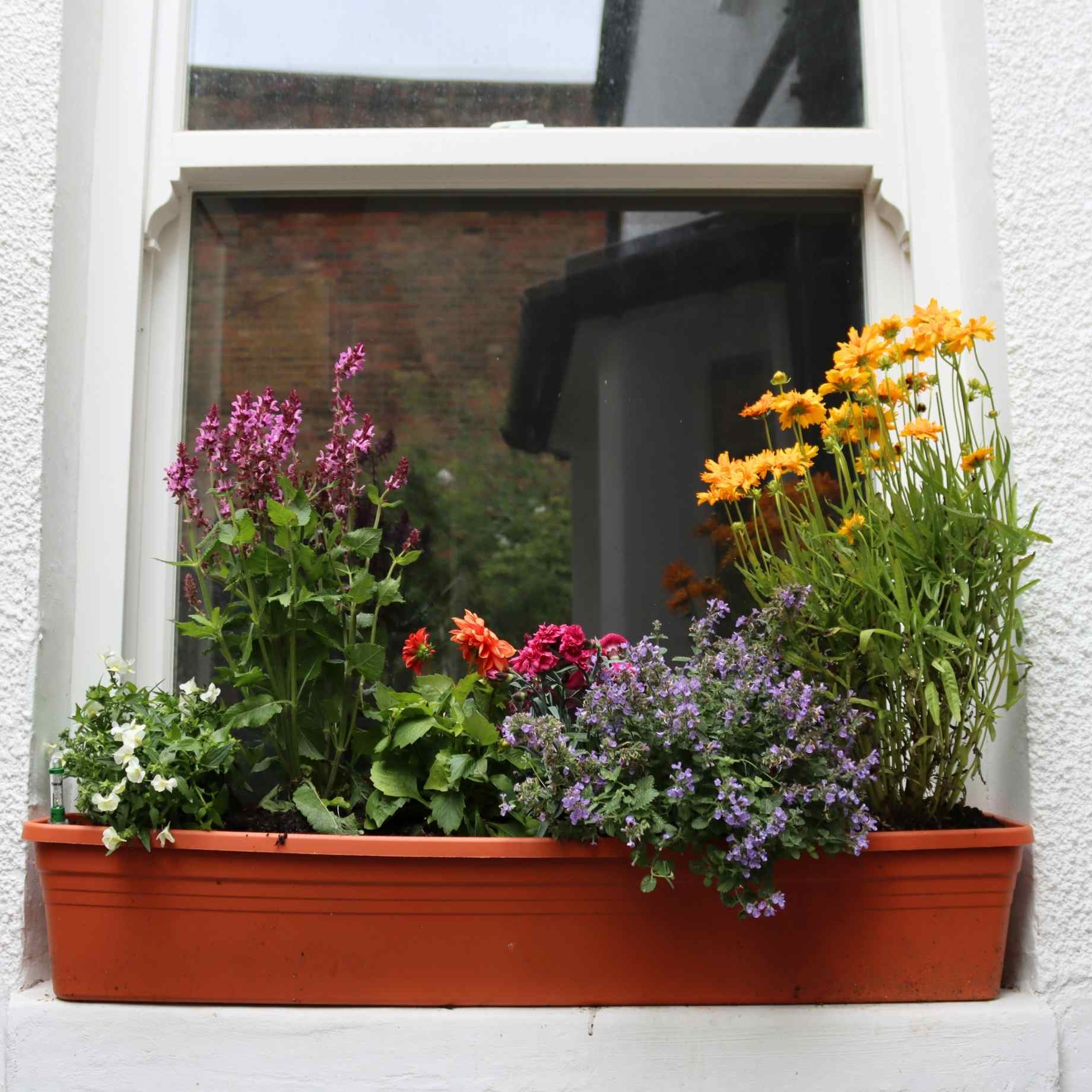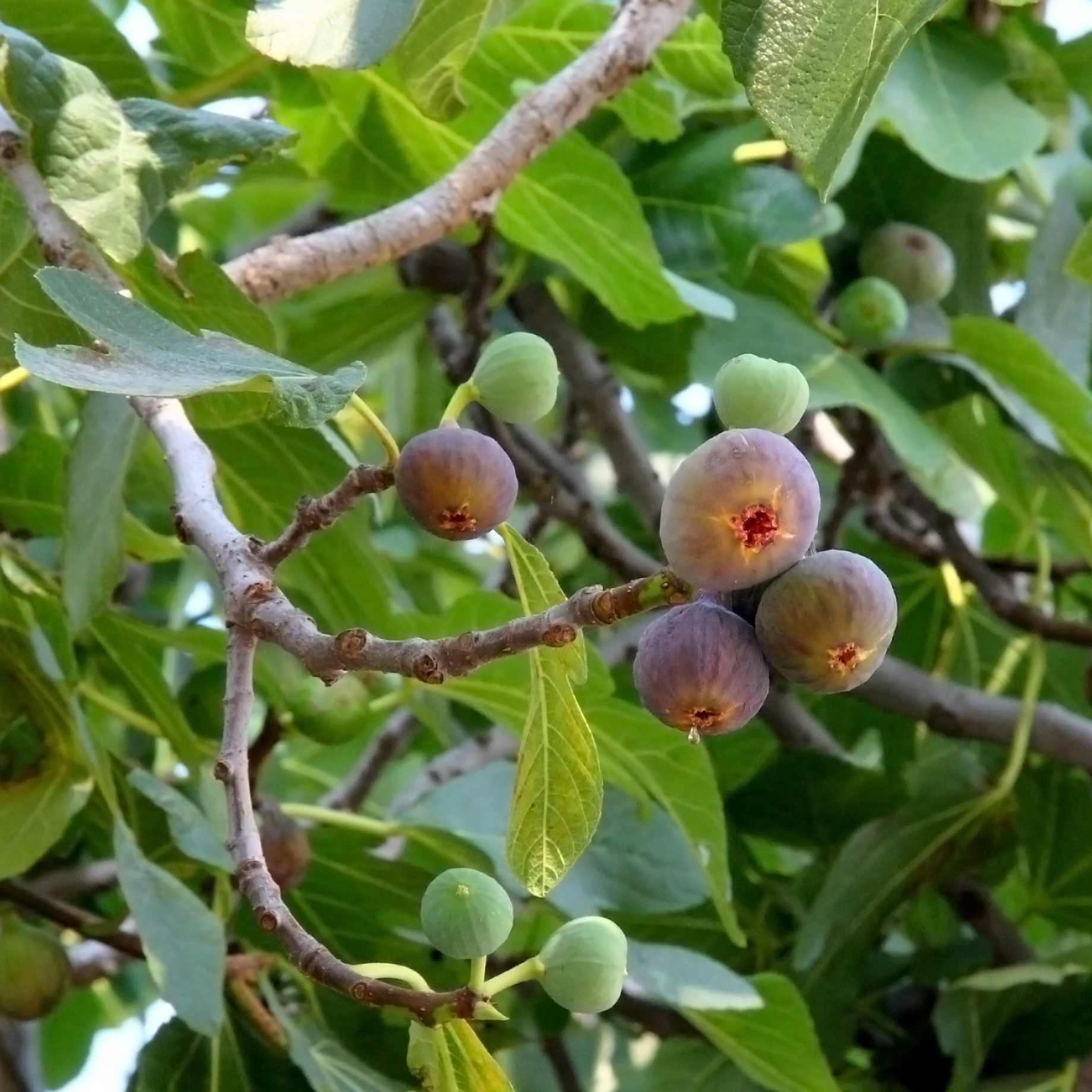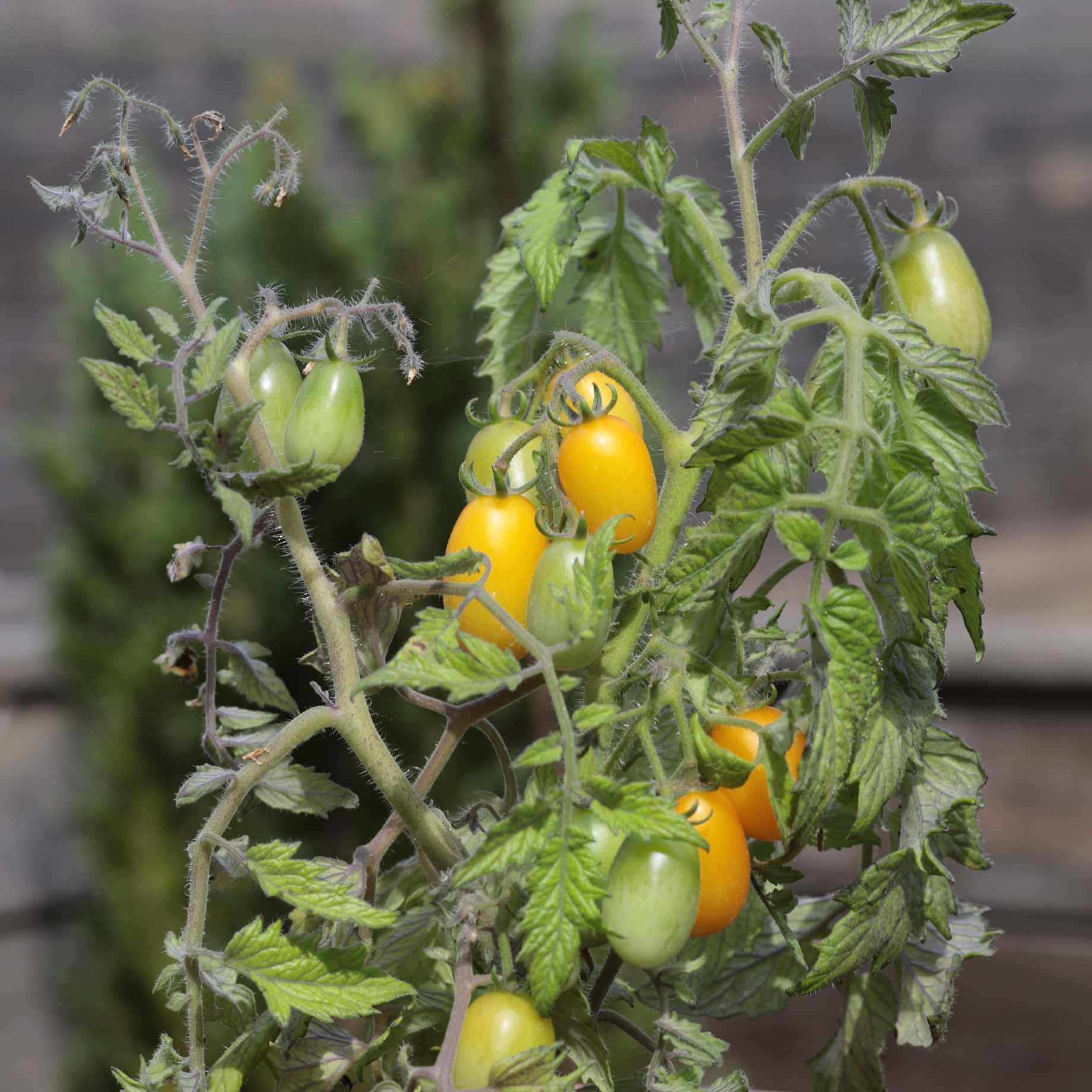Tell Me More…
Kalimeris incisa ‘Alba’ is also called the Japanese Aster – easy to understand when you see the dainty, daisy-like flowers which are produced in profusion from June to September. This beauty has a more open flowering habit and forms looser clumps of foliage and flowers, with leaves retained from March to October. A member of the sunflower family which requires little in the way of dead heading because flowers appear to magically fade away and disappear, only to be overtaken by new, more beautiful blooms. Kalimeris incisa ‘Alba’ is beneficially drought tolerant once it has established and will happily thrive in gravel gardens and rockeries as well as herbaceous borders or containers. Adaptable enough to suit a wildlife garden and much-loved by bees and butterflies. Prefers a spot in any well-drained soil except clay with a south or west facing aspect in full sun or partial shade. A fully hardy, herbaceous perennial which reaches 60cm tall and spreads up to 40cm.
Flower and Foliage Months
Jan
Feb
Mar
Apr
May
Jun
Jul
Aug
Sep
Oct
Nov
Dec
Foliage Month
Flowering Month
Key Information
| Latin Name | Kalimeris incisa ‘Alba’ |
|---|---|
| Common Name | Japanese Aster |
| Hardiness | H7 (-20°C and below) |
| Colour | White |
| Type | Perennial |
| Format | 9cm Pots |
| Position | Full-Sun, Part-Shade, Part-Sun |
| Foliage | Deciduous |
| Height in Maturity (m) | 0.60 m |
| Spread in Maturity (m) | 0.40 |
| Soil Conditions | Chalk Loam Sand |
| Soil Acidity | Acid Alkaline Neutral |
| Aspect | South-facing, West-facing |
| Drought Tolerant | Yes |
| Good for pots | Yes |
| Good for Rockeries | Yes |
| Good for wildlife | Yes |
| Good for pollinators | Yes |
| Good for cutting | Yes |

